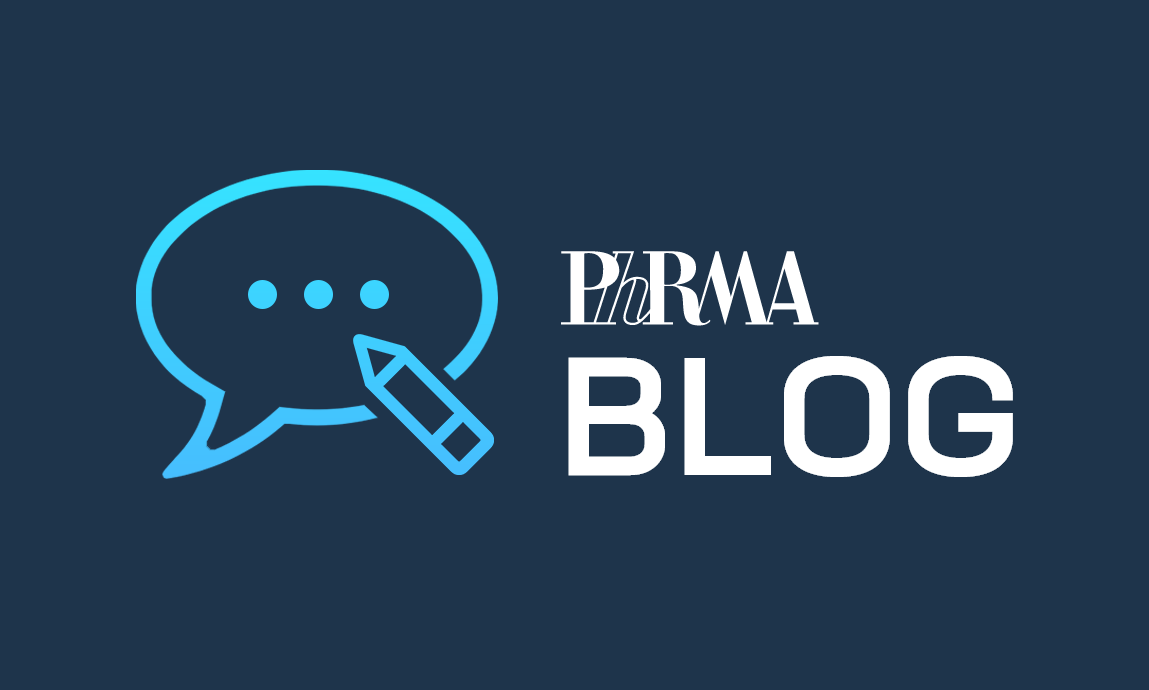When voters cast their ballots in the 2020 election, they made clear their focus on getting COVID-19 under control and fixing the economy. However, health care was still important to many voters, and in our review of public and PhRMA’s national and “state battleground” exit polling, we learned voters were most worried about protecting pre-existing conditions protections and addressing rising out-of-pocket costs associated with worsening health coverage.
As we look toward the new administration’s first 100 days, voters want their elected officials to deliver solutions that control costs without making health care more political, for example, by allowing politicians to pick and choose which medicines Americans should get through government price-setting schemes.
Across voters’ health care priorities, we find broad, bipartisan support for solutions that lower out-of-pocket costs while preserving access to health services that Americans currently enjoy. Americans want policymakers to deal with the real drivers of health care costs, particularly fixing declining insurance coverage, rather than simply shifting costs to consumers and the sickest patients.
According to voters in our national exit poll with Morning Consult[1], the top five policies to address in the new administration’s first 100 days include:
- Placing a cap on the amount that health insurers can make patients pay out of pocket (28% of voters selected this among their top three priorities)
- Making out-of-pocket costs like co-pays and deductibles more affordable by providing standardized insurance benefits (27%)
- Ensuring that insurance coverage applies from the first time you use it, instead of the situation where you need to pay hundreds or thousands of dollars first before coverage kicks in (25%)
- Reducing wasteful spending in health care by eliminating unnecessary procedures, duplicate testing and administrative overhead that accounts for as much as 25% of health care costs (25%)
- Strengthening the U.S. Food and Drug Administration (FDA) to review and get generic prescription medicines to market faster to increase competition and lower costs (21%)
Voters also care about drug costs but there is less intensity of support for drug pricing solutions that rely on government price setting.
- Only 7% of voters identify, as a top-three priority, allowing the government to determine the price of medicines and determine which medicines are covered in Medicare.
- Similarly, only 11% of voters prioritize setting prices of medicines and determining which medicines seniors have access to under Medicare based on what foreign countries do in their health care systems.
There were also some notable nuances in priorities among different demographics.
- Voters 65+, who may need more prescription medicines, are more likely than other age groups to want the new administration to require health insurance companies to pass along to patients more of the discounts on prescription medicines they negotiate with biopharmaceutical companies.
- Democrats and Republicans support increasing transparency of health care costs and support policies to help people know what they are going to pay for health care services, though intensity is higher among Democrats.
Voters see reforms that address the real drivers of health care costs and declining insurance coverage as the top priorities for the new administration’s first 100 days. As working is ongoing, elected officials should focus their efforts on policies that control costs without giving up choice and quality.
[1] This poll was conducted between October 30 – November 5, 2020 among a national sample of 4,998 Voters. The interviews were conducted online and the data were weighted to approximate a target sample of Registered Voters based on age, gender, education, race/ethnicity, home ownership, marital status, population density, preliminary estimates of 2020 presidential vote, a race by education interaction, and an age by gender interaction. Results from the full survey have a margin of error of plus or minus 1 percentage points.



